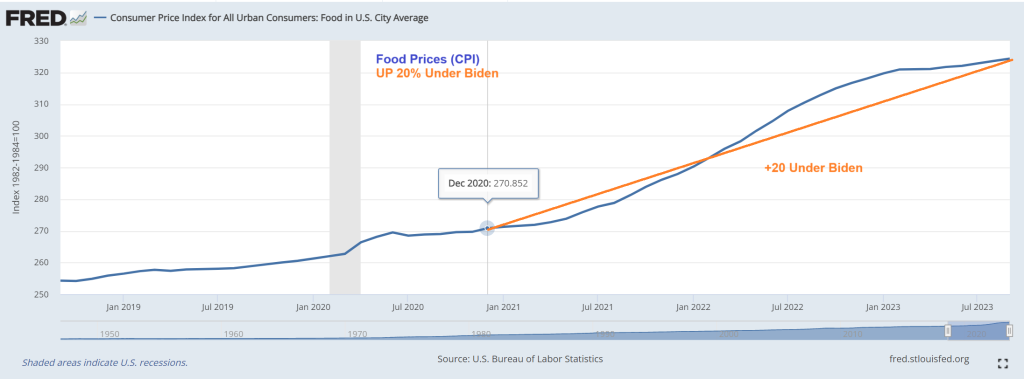Tell me about it. My insurance premium went up 10% and the Tahoee is a year older…..Of course I’m a year older too and ‘seasoned citizens’ supposedly are higher risks as they get older.
Why auto insurance costs are rising at the fastest rate in 47 years.
As car prices moderate from a pandemic-era surge, insurance has pushed the cost of car ownership to the brink for many Americans.
New data out this week showed auto insurance costs rose 20.6% from the prior year in February, matching January’s increase as the most since December 1976, when costs rose 22.4% over the prior year.
On an annual basis, motor vehicle insurance costs rose 17.4% in 2023, the most since a 28.7% increase in 1976, according to data from the BLS.
The sticker shock hitting many American drivers is being driven by a rise in accidents, the severity of accidents, and geographical factors combining to create a perfect storm and push costs higher.
The most alarming factor driving insurance costs higher is more severe claims.
“In general, the numbers of crashes, injuries, and fatalities are up, and inflation has made the cost of repairs more expensive,” AAA spokesperson Robert Sinclair told Yahoo Finance.
Sinclair said motorists developed “bad habits” on the road during pandemic lockdowns, contributing to current behavior. For example, as
the New York Times reported earlier this year, researchers in Nevada discovered that during the pandemic, motorists were speeding more (and driving through intersections), seat belt use was down, and intoxicated driving arrests were up to near historic highs.
Sinclair also pointed to NHTSA data, which found that in 2021, at the height of the pandemic, road fatalities increased by 10.5% to their highest level since 2005, even while most Americans stayed at home. The NHTSA said it was the highest percentage increase it had ever seen. The agency found that fatalities in 2022 only decreased by 0.3% as compared to 2021.
Insurance tech firm Insurify found that auto insurance premium hikes were “largely due to the skyrocketing price of auto parts and the increasing number and severity of claims.” And while increases may moderate, analysts still believe further premium hikes are on the horizon.
“While the magnitude of rate increases is likely to ease somewhat, after several years of double-digit increases, some lingering claim cost inflation and adverse claim severity and frequency will likely lead to a ‘higher for longer’ auto rate environment,” CFRA analyst Cathy Seifert told Yahoo Finance.
Not surprisingly, severe accidents leave insurance companies with rising loss ratios, or a share of premiums collected that insurers paid out in claims.
Continue reading “”








